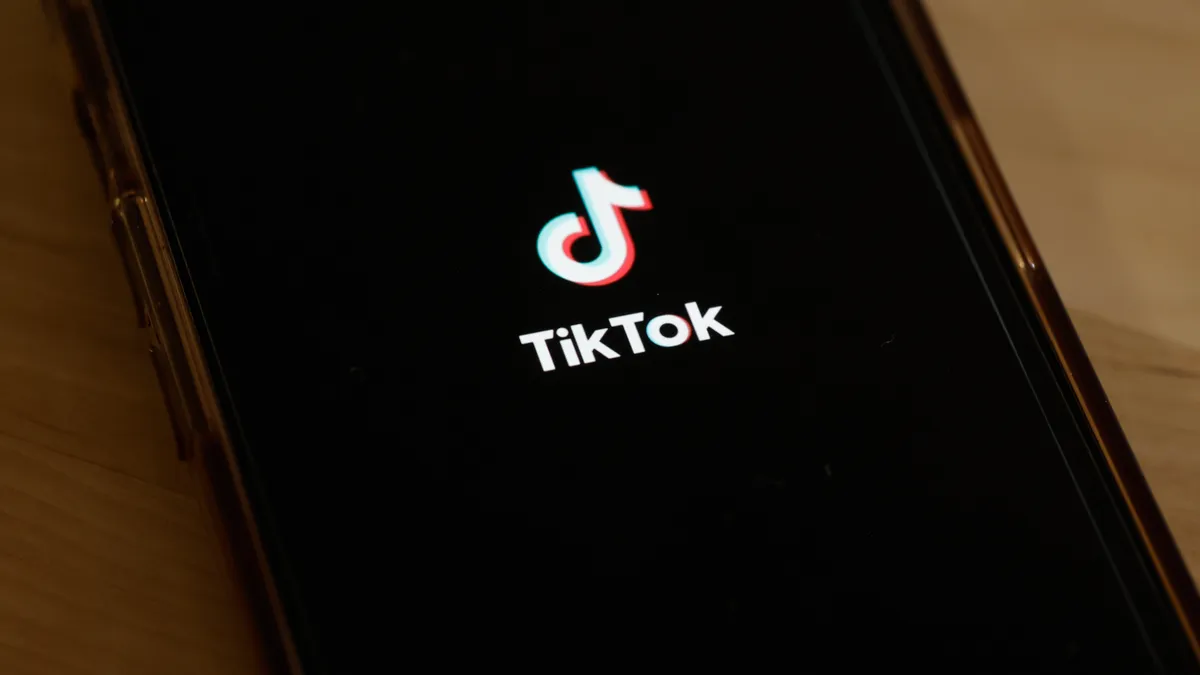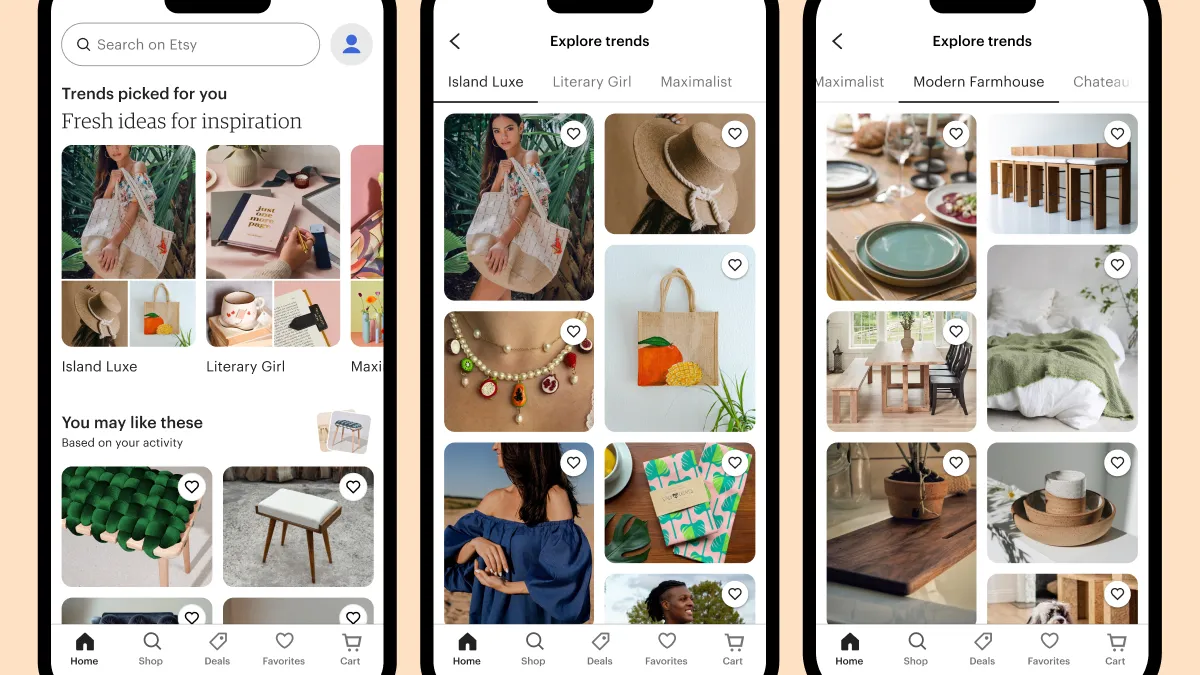America’s obsessed with cleaning out its closets. Inspired in part by organizing guru Marie Kondo’s KonMari Method books, which urge readers to purge their homes, and further buoyed up by the hope of earning extra cash, women all over the country have been emptying their drawers and filling up online resale marketplaces with their castoffs.
It’s paying off. According to online reseller thredUP’s third annual Resale Report, the online resale marketplace is currently worth $34 billion.
Investors are eager to enter the fray. To date, thredUp, founded in 2009, has raised $131.1 million, and The RealReal, another resale marketplace founded in 2011, has raised $82.9 million. Poshmark, also founded in 2011, has $47.2 million after raising $25 million in April 2015.
With 12 million items available for buyers, and a sale made approximately every five seconds, Menlo Park, California-based Poshmark is positioning itself as the largest online resale marketplaces in terms of engagement. In fact, Poshmark’s users are so consistently engaged with its app that they spend 25 minutes a day using it. Moreover, the app claims an extraordinarily high number of mobile sales. Here's how they're doing it.
Mobile native
What’s intriguing about Poshmark’s interface is that it’s almost entirely mobile-based. According to its co-founder and CEO Manish Chandra, it was designed that way from the beginning.
“We built Poshmark from day one as an app,” Chandra told Retail Dive. “This is a mobile-first app. Everything is mobile native. For us, the web is only a tiny piece of the puzzle.”
Chandra claims 90-95% of the company’s sales happen through its mobile app. By comparison, ThredUp is seeing 45% of its sales from mobile, and only 11% of overall e-commerce sales are mobile-based. Chandra says the company’s impressive mobile figures are largely due to its app design. Interacting within the app is streamlined, with simple "like," "shop," and "search" navigations boldly displayed (see picture, above).
“With an app, you have to make it simple,” he says. “Even though we have tens of millions of SKUs, we still have to keep things manageable.”
Social shopping
While its mobile sales are intriguing, another feature that’s helping Poshmark gain an audience is its social sharing capabilities. Unlike resale marketplaces such as eBay and Etsy, Poshmark’s buyers and sellers are rewarded socially for not only connecting with each other, but for sharing each other’s items. New members are encouraged to find, connect, and share items they see and like on their profiles, in a way that’s not dissimilar from Pinterest. However, unlike with Pinterest, users actively engage with Poshmark's "buy" button. In contrast, Pinterest's "buy" button, introduced in 2015, is still in limited usage, and is only available to brands and businesses.
“Through our social selling model, each seller, brand, boutique, whatever, creates followers who come to your storefront and look for new items to buy,” says Chandra. “That’s how shoppers discover new items.”
Poshmark then handles all the backend transaction work, making the selling process seamless for the end user. There’s a single shipping system, managed by Poshmark, which creates and sends shipping labels to each seller. There’s also a single payment and cash management system that Poshmark also oversees, allowing customers to keep their commercial interactions in one place. Poshmark’s team handles all customer disputes and returns, in exchange for a 20% commission. (Sales under $15 are subject to a flat $2.95 commission).
“In some ways, this is something that’s been done before with social shopping,” says Chandra. “Sites such as Pinterest and Polyvore both allow people to curate. But here, resale items are unique to our site, and everything is immediately available for sale, and also, people who come to Poshmark have shopping on their minds.”
That last point is telling. Opening a social app that encourages sharing is one thing, but opening one that is specifically about shopping is quite another.
It’s one of the reasons Pinterest and Instagram have struggled with their "buy" buttons: most of their users are not immediately predisposed to shop.
“Content and commerce have not been together from day one in most places,” says Chandra. “It takes a lot of work. There are returns, shipping, logistics, and community building. It takes time. But we’re both social and shopping, while other companies treat these as two separate areas.” The site has grown by leaps and bounds. According to a recent company press release, the site's user base tripled in size over the course of 2015, and currently hosts over 1.3 million sellers.
Retail appeal
Poshmark’s model isn’t unfamiliar to shoppers outside the United States. Social commerce sites such as China’s Taobao, Indonesia’s Shopius, or Japan’s Rakuten have become increasingly important channels for e-commerce. Chandra’s own former company, Kaboodle, which he sold to Hearst in 2007, was a precursor to the social shopping wave that’s quickly moving West. And it’s not only individual consumers who are benefiting from its growing popularity. Brands and wholesalers are also coming onboard.
On February 11, 2016, Poshmark introduced its new Boutiques feature, which offers an edited selection of new merchandise from “emerging and independent fashion brands.” This comes on the heels of the company’s retail partnerships, which allow its top users to stock their homepages with wholesale items from select retail partners.
Again, this model, which mirrors several international social commerce platforms, is not unique to Poshmark. It is, however, unusual for the United States. Poshmark’s users, though, have embraced the new options. Poshmark completely sold out of wholesale inventory within the first three hours of the retail portal launch, according to the company.
Looking ahead
Chandra is optimistic that Poshmark’s future, and the future of social commerce, is bright.
“This reaches a broad market,” he says. “It’s more mainstream than Etsy, and not as sterile as Amazon or eBay. And we were the first company to put an social commerce app like this on Apple Watch. We want to be where people are.”
As mobile and social commerce grow, Chandra envisions a time when it will make more sense for mid-tier brands to partner with a company such as his than to go at it alone. This is, in part, because of the difficultly involved in driving mobile shopping, and Poshmark’s unusual mobile success.
“We have a massive lead in this business,” he says. “I see Tory Burch, Michael Kors, and other big brands coming to Poshmark. On the web, it was easy to move traffic to your site with ad words. But mobile is more of a destination. And once you have engagement, people repeatedly engage with the same apps, but it’s hard to recreate that engagement with a new app. It’s better to partner with a successful app than to have your own.”






















